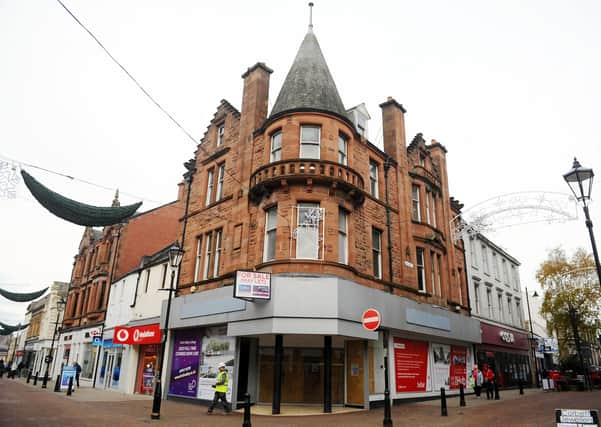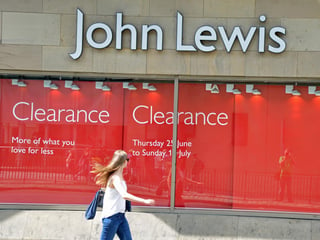Why Scotland should scrap this surcharge on its retailers – Bill Jamieson


Our high streets are in crisis with retail outlets folding by the week. Now the coronavirus outbreak deals a blow to consumer activity and footfall.
In these circumstances, you would expect the Scottish Government to ease up on the rates burden. After all, it backed a vote by MSPs last month to reverse a series of potentially damaging changes to the Non-Domestic Rates (Scotland) Bill. This would have localised business tax rates and abolished national reliefs, such as the Small Business Bonus Scheme.
Advertisement
Hide AdAdvertisement
Hide AdBut the small print of other changes is set to deal a new blow. While the threshold for liability to the Large Business Rate Supplement (now renamed the Higher Property Rate) is being raised from £51,000 to £96,000, a ministerial reply to a written parliamentary question reveals that 12,204 properties in Scotland will continue to pay a higher tax rate than comparable premises down south.
We might think that this rate supplement is confined to edge-of-town retail giants like Tesco and Asda who can well afford this penalty. Not so. Of these 12,204 premises, 2,980 are shops (24 per cent of the total), 2,484 are manufacturing sites, 572 are hotels, 528 are caravan parks and entertainment venues. These premises will continue to pay a supplement at a rate twice that which applies in comparable premises down south, 2.6p in the pound compared to 1.3p in the pound.
Welcome changes there have been to key aspects of Scotland’s business rates regime.
But it is striking, to put it no stronger, that restoring parity with England for the remaining 12,000 premises – almost a quarter of which are shops we would not readily describe as ‘large’ – are caught in the net of the Higher Property Rate. What makes the administration think that businesses in Scotland are somehow more prosperous and deserving of a higher tax penalty? Perhaps the crisis in retail has not progressed sufficiently enough for the penny to drop in Holyrood. It invites more closures and cutbacks. Time, surely, to scrap this surcharge.
